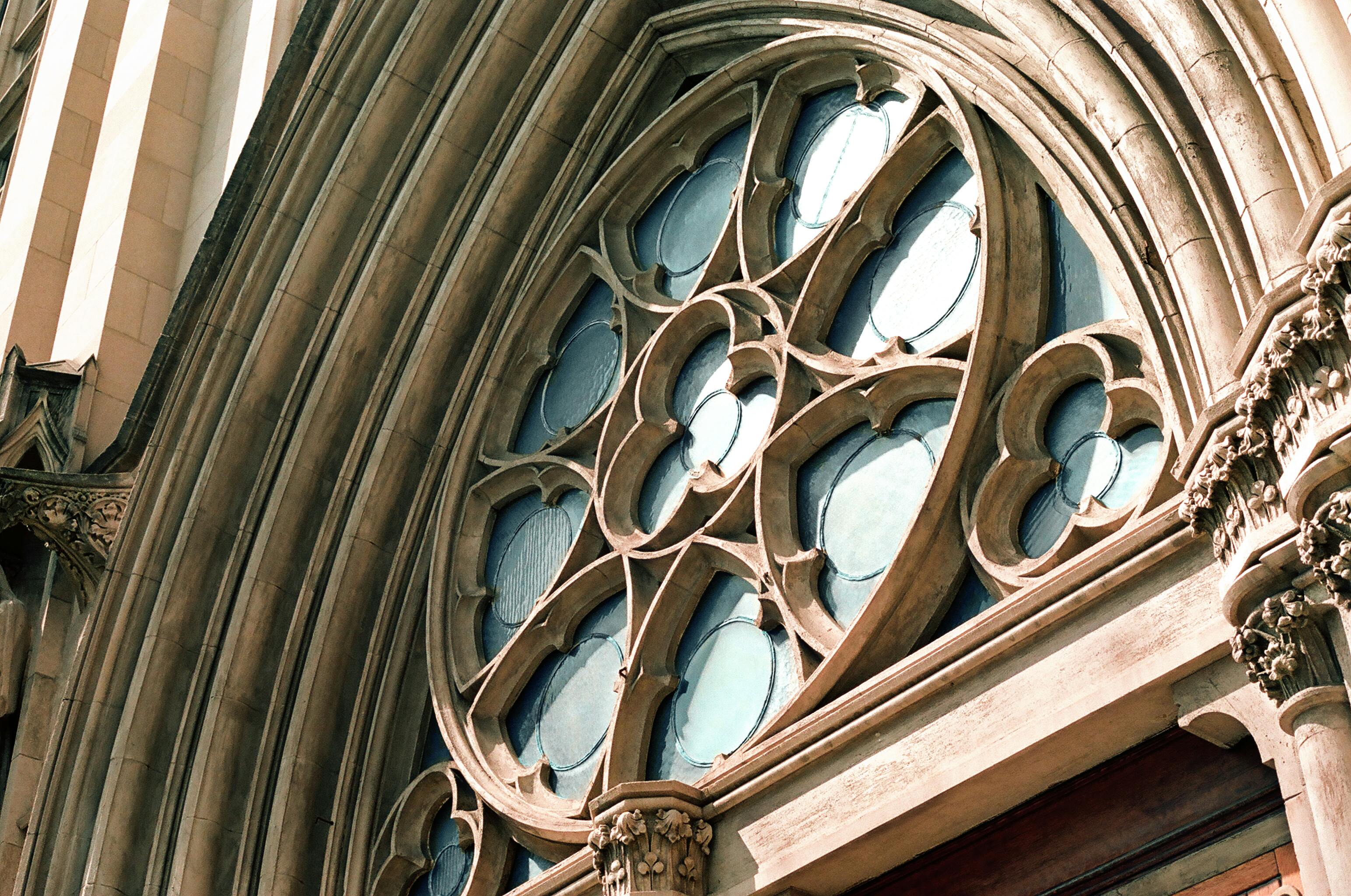When it makes sense to file for bankruptcy is a question many homeowners ask when they feel overwhelmed by the amount of debt they have incurred. Typically the second question that follows is, what type should I declare and what liabilities will be covered?
This is a personal question and should be carefully thought out by the person asking it. Seeking the advice of a lawyer and discussing the owner’s goals would help the owner make the decision that was right for him.
Once again, planning is essential. For example, making a list of creditors and debtors before your meeting with the attorney you have selected will help you decide on the plan and type that best suits your needs and goals as a homeowner.
My experience with these questions is practical. But from my experience, here is a brief explanation and overview of all three types and how they can help a homeowner with overwhelming debt:
Chapter 7 – also known as direct bankruptcy – eliminates all debt and individual property.
Chapter 11 – The debtor (if a business) continues to operate their business free from claims and judgments. Typically, this type covers liabilities/assets greater than 1M.
Chapter 13 – The most common type filed by an individual and its primary purpose is to implement a payment plan. Real estate may be included.
Summarizing the above,
1) It is important to seek the advice of a legal professional.
2) Be prepared to keep a list of all current debtors and creditors.
3) If you file a Chapter 13, be prepared to come up with a payment plan, keep it up to date, and you will be successful in paying off your debt.
